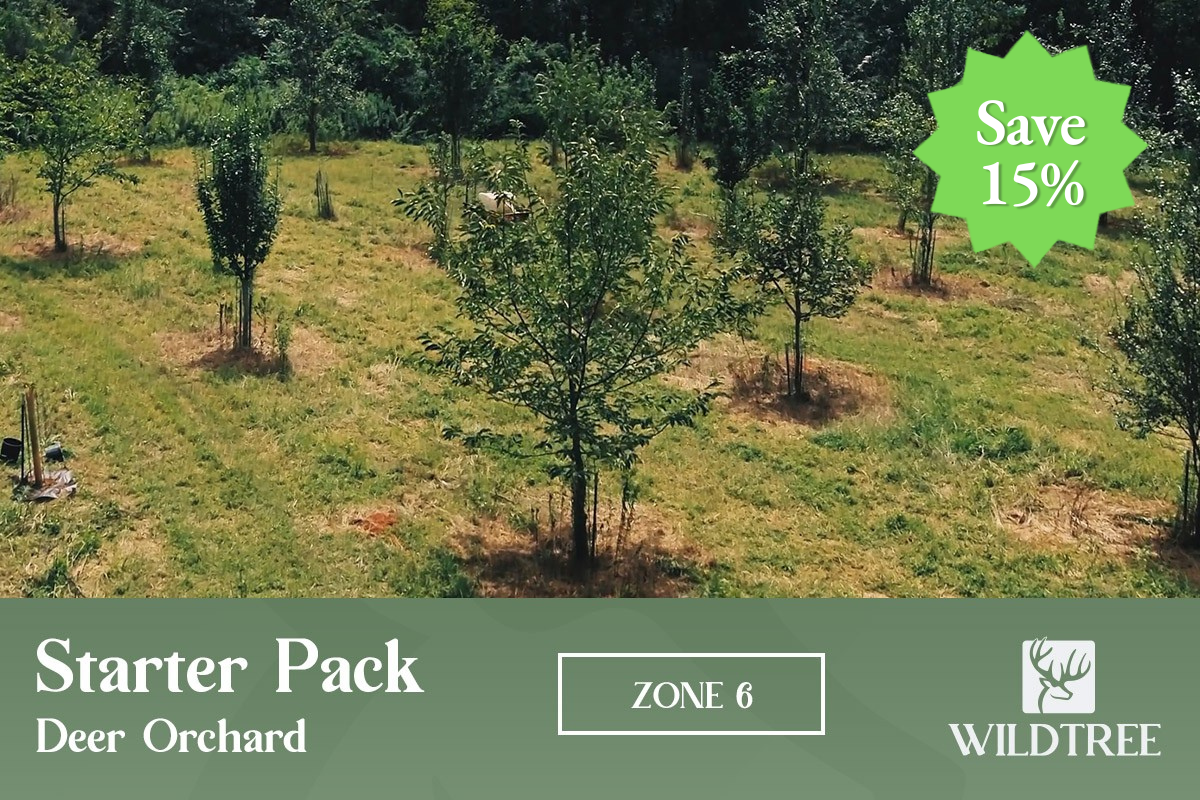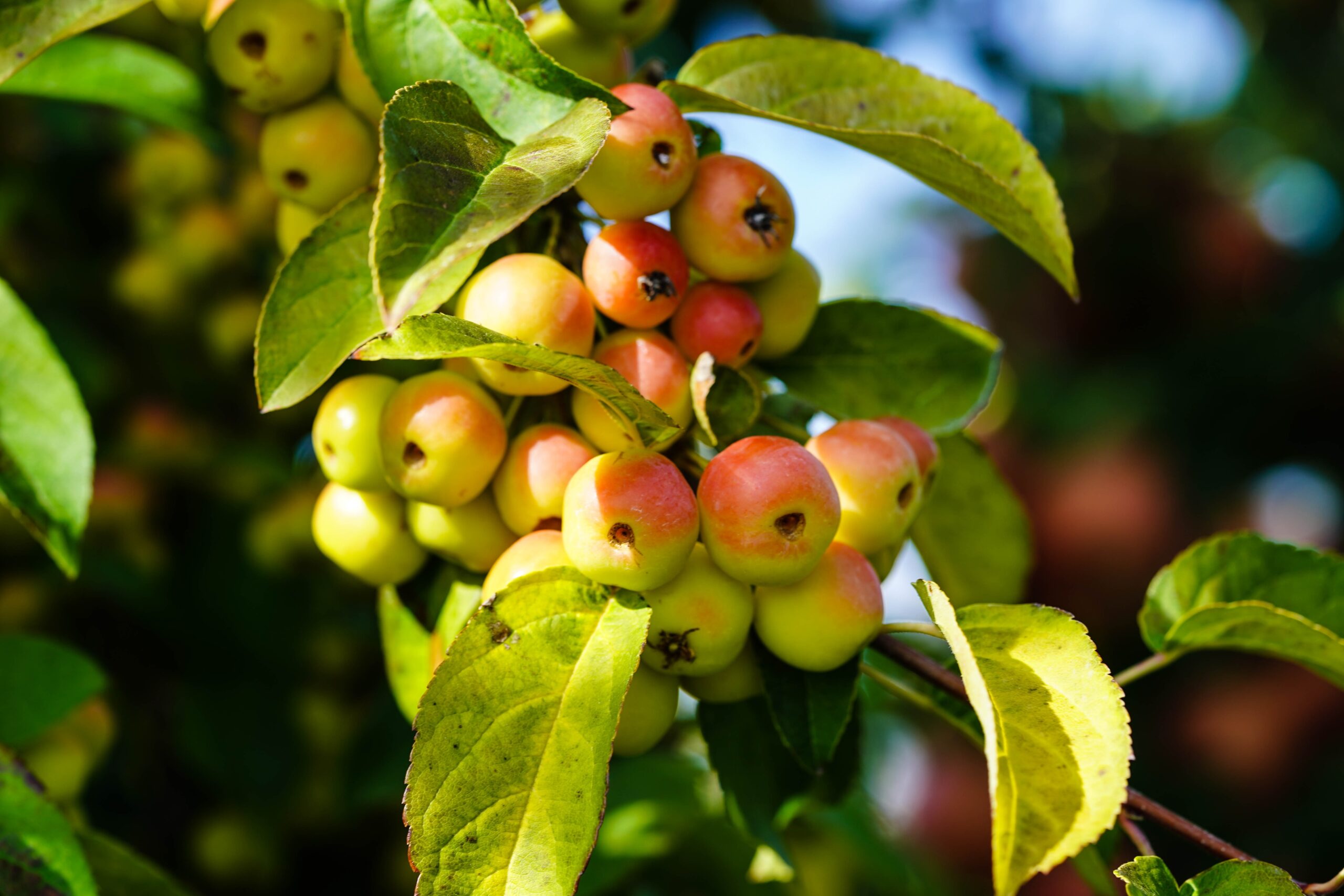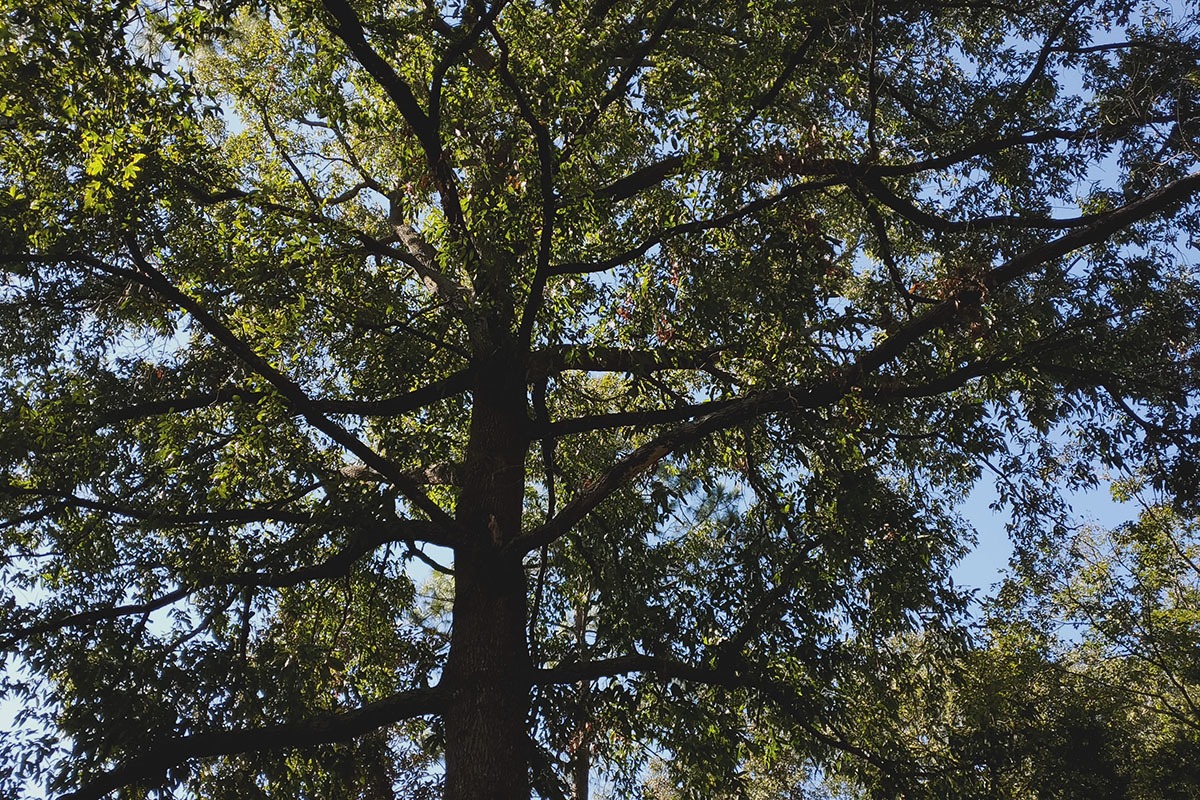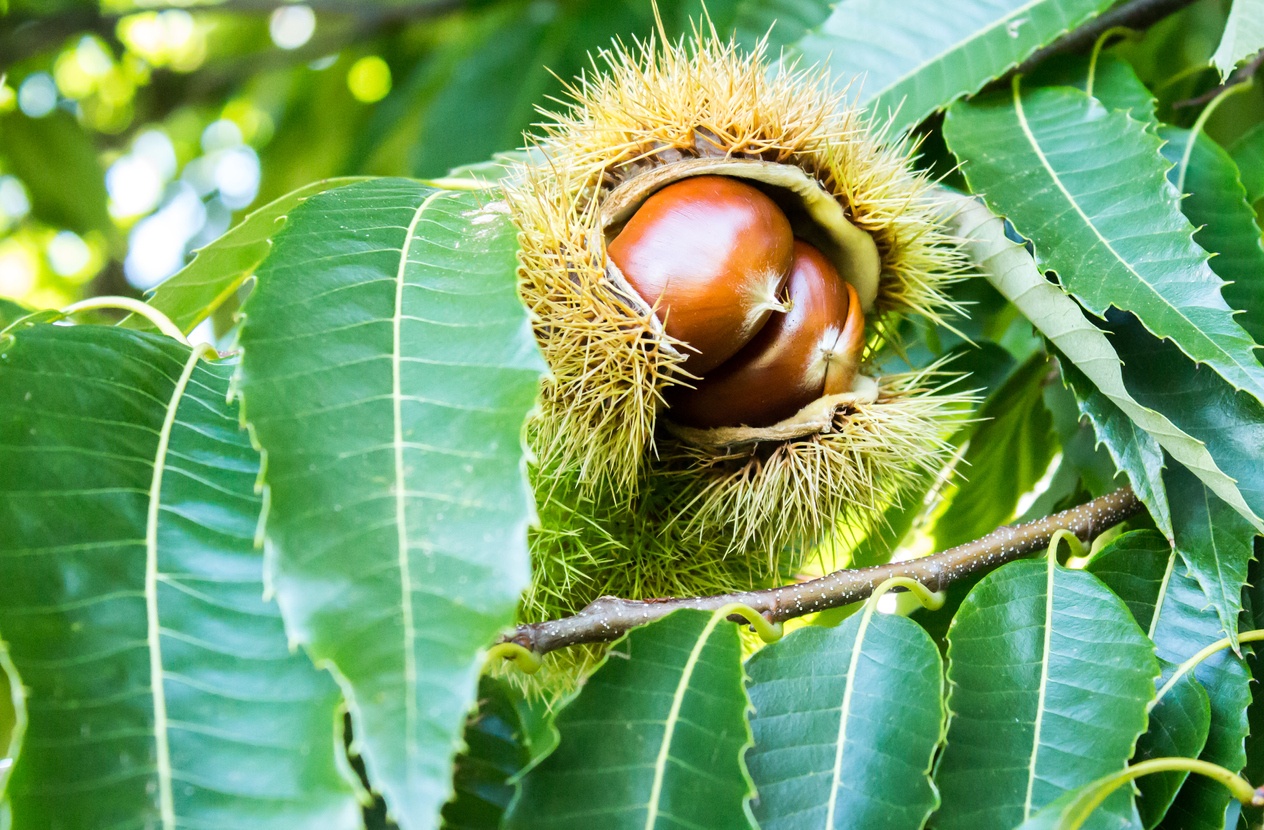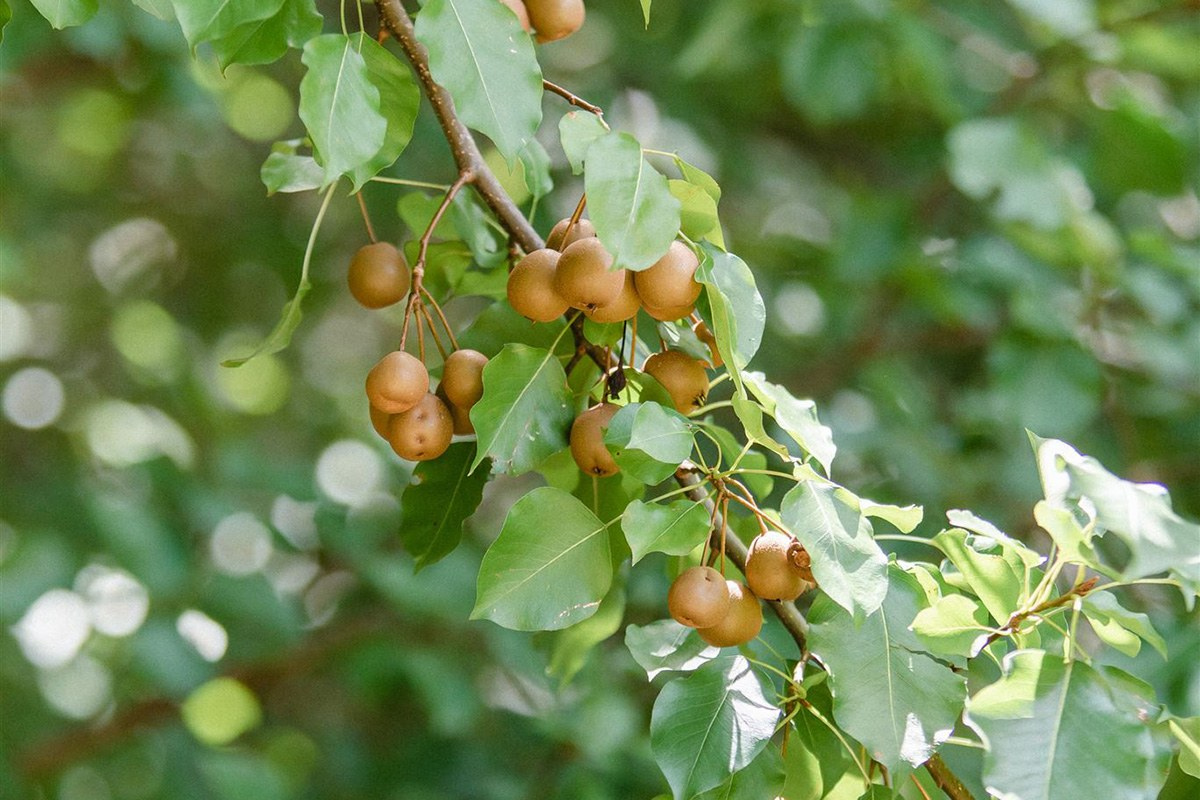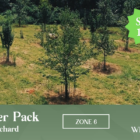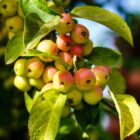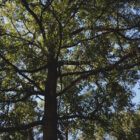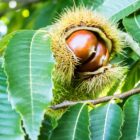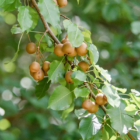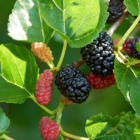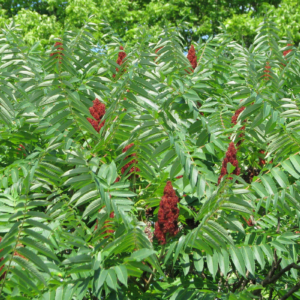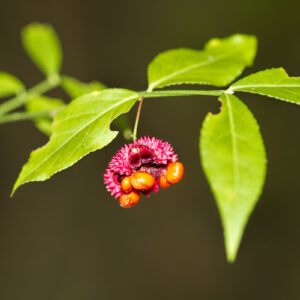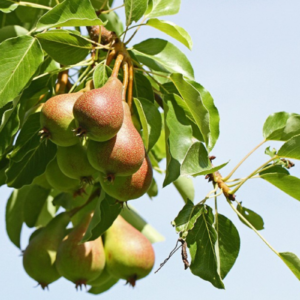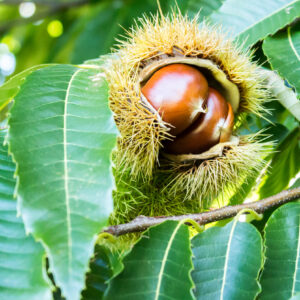Description
Save $85 when you order this Deer Orchard Starter Pack, perfect for attracting deer to your land in Zone 6.
How to Plant Your Deer Orchard
Included in this starter package:
Crabapple trees (Malus spp.) are a standout choice for hunters and land managers aiming to attract wildlife, particularly Whitetail Deer. These versatile trees bloom in spring with vibrant flowers that attract pollinators, and they produce small, apple-like fruit that ripens from late summer through fall. The fruit remains on the branches into winter, offering a reliable food source for deer and other wildlife. With their moderate growth rate and ability to thrive in a variety of soil conditions, Crabapple trees are not only visually appealing but also an effective way to enhance your property’s wildlife habitat year-round.
This stately deciduous Asian oak with long, jagged-edged glossy leaves produces substantial crops of acorns at an earlier age which drop earlier in the fall as well. These traits make it a must-have throughout its range for wildlife managers. Acorn production becomes heavier and more reliable with age. This prolific producer requires well-drained growing conditions that tend to be acidic to neutral, and not recommended for alkaline soil or poorly-drained sites.
Not only do deer love Chinese chestnuts, but you will find them tasty as well. They can be eaten roasted, boiled, or sautéed. A prickly 2–3½” seed husk encloses 1-4 nuts and will yield a ripened nut crop from mid to late September all the way through October.
A very special selection that will be of great interest for wildlife food plots due to its later-than-typical fruiting. Discovered and trialed by Dr. James Kroll (aka “Dr. Deer”) from Stephen F. Austin State University it is invaluable for providing late fall fruit when little else is available. Large clusters of small fruit characterize this selection. Self-fertile but increased fruit set is likely with the presence of another pear cultivar nearby, and can be combined with our other earlier-fruiting selections to have a long season of fruit availability.
Mulberry trees bear small, insignificant blooms that become plentiful fruits that look much like a slender blackberry. The berries ripen in stages and will drop as they mature. Mulberries prefer a well-drained, fertile soil and tolerate any conditions except wet soils. They withstand drought and salt conditions, making them a good urban or seaside planting.

